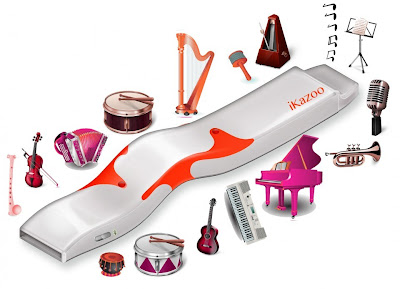via this auction
 "These are cool little synths for a certain kind of sound, along the lines of a Moog Opus III, being a fully mixable 'synth' & 'string' section, fairly straightforward, but still characterful.
"These are cool little synths for a certain kind of sound, along the lines of a Moog Opus III, being a fully mixable 'synth' & 'string' section, fairly straightforward, but still characterful.The synth is more like an organ with slider volumes for various footages, which can be put through the ADSR & analogue filter.
The strings have a balance, EQ & AR envelope knobs.
Tones are nice & strong as is, can be wonderful through a delay, reverb or phaser!
Soundwise, I think if you're a fan of the instrumental side of 'Low' (the album) you'll get the idea. Deltas were also used by Broadcast & The Human League (the reason I kept an eye out for one), so darn fine company, I'd say.
Condition, I'd say good for age, there are marks & scrapes but nothing too extreme, some of the lettering has worn away in places, but no cracks or dents.
 There are 2 things that affect at least half of all the Deltas I've seen..
There are 2 things that affect at least half of all the Deltas I've seen..Sure enough, the joystick is snapped off at the top. It is still useable & fully working. If you wanted you could add a sleeve of metal tubing to extend it's length again, that could crimp on at the bottom. Another solution is simply to pop a biro lid on the top, fits a treat!
The other really common issue is a fault on the filter which causes the synth section to stop working. This one was no exception, but I replaced the offending capacitors (did a good job!) & it's been perfect ever since (about 2/3 years).
This particular synth is fully functional apart from one slider, which has never worked in those 2/3 years, but after 6 months of inactivity has suddenly burst back into life.. The noise slider in the synth section is (was) inactive, but now seems to be fully working. But I'd still look at this as 'Noise not working'. You can absolutely live without it, but it does sound nice for those filtered White Noise sweeps. I reckon this would have to be the slider or a solder joint in that section, can't think of any components that would die then come back to life again.
Worth pointing out that I always clean everything I get, so no gunk on the knobs, no dirty keys, all the switches, jacks & sliders were Servisol'd & the front panel was polished while I repaired the filter."


































































